Binocular vision dysfunction (BVD) can often be managed and improved through various therapeutic interventions, but a complete cure may not be guaranteed in all cases.
Explanation: Binocular vision dysfunction occurs when the eyes have difficulty working together as a team, leading to symptoms such as eye strain, headaches, and double vision. The treatment typically involves a combination of therapeutic approaches, including:
- Prism Lenses: Prescription glasses with prisms can help align the eyes properly, reducing symptoms.
- Vision Therapy: Eye exercises and activities designed to improve eye coordination and strengthen the eye muscles.
- Corrective Lenses: Glasses or contact lenses may be prescribed to address refractive errors and enhance visual clarity.
- Orthoptic Exercises: Specific exercises to improve eye movement and coordination.
- Behavioral Vision Therapy: Addressing visual processing issues and enhancing overall visual function.
- Neuro-optometric Rehabilitation: Integrating vision with other sensory and motor systems for comprehensive rehabilitation.
While many individuals with BVD experience significant improvement with these interventions, the effectiveness of treatment can vary. Some cases may achieve complete resolution of symptoms, while others may experience long-term management. It’s essential to consult with an eye care professional for a personalized assessment and treatment plan.
| Treatment Approach | Description |
|---|---|
| Prism Lenses | Prescription glasses with prisms for eye alignment |
| Vision Therapy | Exercises to improve eye coordination |
| Corrective Lenses | Glasses or contacts for refractive errors |
| Orthoptic Exercises | Specific activities to enhance eye movement |
| Behavioral Vision Therapy | Addressing visual processing issues |
| Neuro-optometric Rehabilitation | Integrating vision with other sensory systems |
How long does it take to treat binocular vision dysfunction?
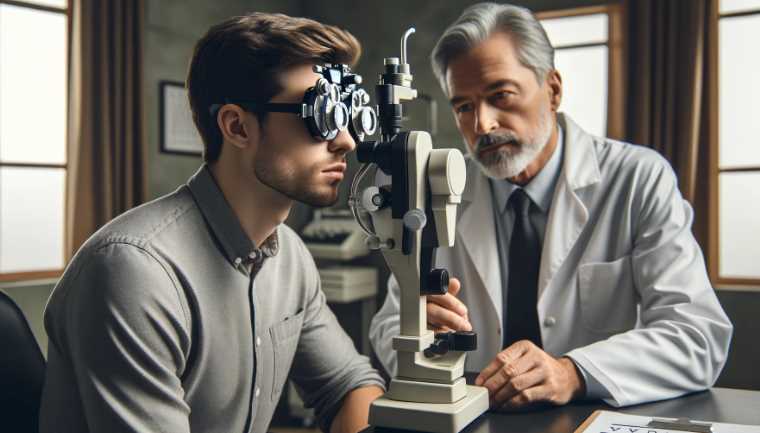
The duration of treatment for binocular vision dysfunction (BVD) varies widely among individuals and depends on the severity of the condition. Treatment can range from a few weeks to several months, and in some cases, ongoing management may be needed.
The timeline for treating binocular vision dysfunction is highly individualized and influenced by factors such as the specific nature and severity of the dysfunction, the effectiveness of the chosen interventions, and the individual’s commitment to the prescribed treatment plan.
Some individuals may experience relief from symptoms relatively quickly, within a few weeks of starting therapy. This is especially true for mild cases or when the dysfunction is primarily related to a refractive error that can be corrected with lenses.
For more complex cases, especially those involving significant eye muscle imbalance or issues with visual processing, the treatment duration may be longer. Vision therapy and exercises often require consistent practice over several months to achieve lasting improvements in eye coordination and function.
Additionally, periodic follow-up appointments with an eye care professional may be necessary to monitor progress and make any necessary adjustments to the treatment plan.
| Factors Influencing Treatment Duration | Details |
|---|---|
| Severity of BVD | Mild cases may resolve more quickly, while severe cases may take longer. |
| Type of Dysfunction | The specific nature of the dysfunction, whether related to eye muscles, alignment, or visual processing, can impact treatment duration. |
| Individual Response | Response to therapy varies, and some individuals may show improvement more rapidly than others. Consistent adherence to treatment is crucial. |
| Treatment Modalities | The type of interventions used, such as prism lenses, vision therapy, or neuro-optometric rehabilitation, can influence the timeline for improvement. |
| Ongoing Management | In some cases, ongoing management may be needed to maintain improvements and address any recurring symptoms. |
What are the Treatment Options for Binocular Vision Dysfunction?
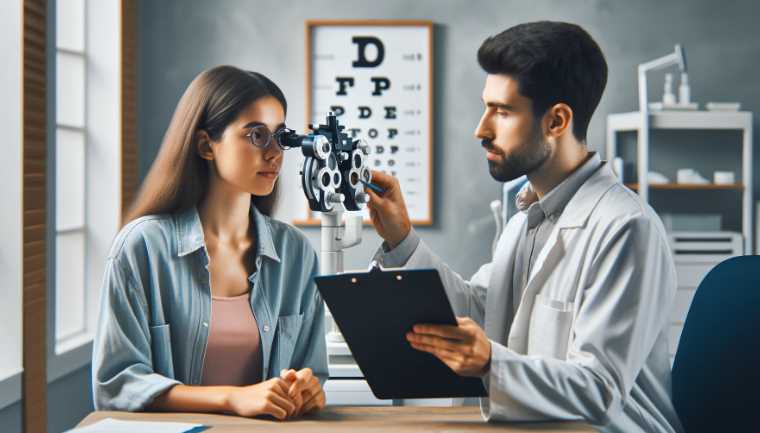
Binocular Vision Dysfunction (BVD) can be effectively managed with various treatment options tailored to individual needs. Treatment choice depends on the dysfunction’s severity and specific symptoms. Here are some common treatment options:
- Vision Therapy:
- Description: Vision therapy involves a series of personalized eye exercises and activities designed to improve eye coordination, focusing abilities, and overall visual skills.
- Purpose: Enhances the brain-eye connection, addressing underlying issues contributing to Binocular Vision Dysfunction.
- Prism Lenses:
- Description: Specialized prism lenses are prescribed to modify how light enters the eyes, helping to align and coordinate eye movements.
- Purpose: Alleviates symptoms by adjusting the visual input and reducing the strain on the eyes.
- Orthoptics:
- Description: Orthoptics is a form of therapy that focuses on eye movements, eye coordination, and visual processing.
- Purpose: Aims to improve the alignment and teamwork of the eyes through targeted exercises and activities.
- Glasses or Contact Lenses:
- Description: Prescription lenses may be recommended to correct refractive errors such as nearsightedness, farsightedness, or astigmatism.
- Purpose: Addresses any vision-related issues contributing to Binocular Vision Dysfunction and enhances visual clarity.
- Punctal Plugs:
- Description: Small plugs may be inserted into the tear ducts to reduce excessive tearing and maintain a stable tear film, improving overall eye comfort.
- Purpose: Helps manage symptoms related to dry eyes, which can exacerbate Binocular Vision Dysfunction symptoms.
- Computer-Based Therapies:
- Description: Specialized computer programs and applications may be utilized to provide interactive exercises aimed at improving eye coordination and visual processing.
- Purpose: Offers a modern and engaging approach to vision therapy, particularly beneficial for individuals comfortable with digital tools.
Combining Treatment Modalities
In many cases, a combination of these treatment modalities may be recommended to address different aspects of Binocular Vision Dysfunction. The optometrist or eye care professional will assess the individual’s condition and prescribe a customized treatment plan. It’s essential for patients to adhere to the prescribed regimen consistently for optimal results.
Can Binocular Vision Dysfunction Develop in Adults?
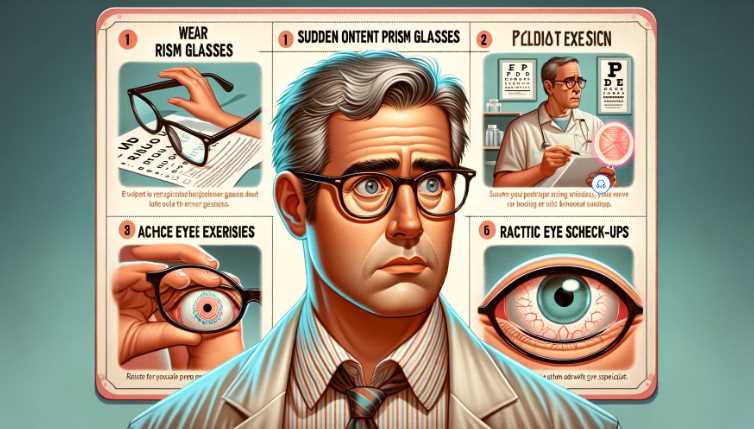
Yes, Binocular Vision Dysfunction can develop in adults, although it is often associated with childhood. Factors such as head injuries, eye strain, or prolonged use of digital devices can contribute to the onset of BVD in adults.
Are There Home Remedies for Binocular Vision Dysfunction?
While professional guidance is crucial for managing Binocular Vision Dysfunction (BVD), certain home remedies and practices can complement formal treatment. It’s important to note that these practices should be discussed with an eye care professional before implementation to ensure they align with the individual’s treatment plan.
- Eye Exercises:
- Description: Simple eye exercises recommended by an eye care professional can be performed at home.
- Purpose: These exercises may help strengthen eye muscles and improve coordination. Regular practice can contribute to the effectiveness of formal vision therapy.
- Proper Lighting:
- Description: Ensure adequate lighting while reading or using electronic devices.
- Purpose: Proper lighting reduces eye strain, making it easier for individuals with BVD to engage in near work without exacerbating symptoms.
- Frequent Breaks:
- Description: Take breaks during prolonged periods of near work.
- Purpose: Frequent breaks allow the eyes to rest, reducing fatigue and preventing the worsening of symptoms associated with Binocular Vision Dysfunction.
- Palming Technique:
- Description: Cover the eyes with the palms of the hands without applying pressure and allow them to rest.
- Purpose: Palming can provide a brief relaxation period for the eyes and may help alleviate discomfort associated with prolonged visual tasks.
- Warm Compresses:
- Description: Apply a warm compress to closed eyes for a few minutes.
- Purpose: Warm compresses can help relax eye muscles and alleviate any tension or discomfort associated with Binocular Vision Dysfunction.
- Blinking Exercises:
- Description: Consciously blink the eyes at regular intervals.
- Purpose: Blinking exercises help lubricate the eyes, preventing dryness and promoting overall eye comfort.
Can Binocular Vision Dysfunction Cause Headaches?
Yes, Binocular Vision Dysfunction is often associated with headaches, especially after prolonged visual tasks. The strain on the eyes and the effort required to coordinate them can lead to tension headaches.
How is Binocular Vision Dysfunction Diagnosed?
An optometrist or ophthalmologist can diagnose Binocular Vision Dysfunction through a comprehensive eye examination, which may include tests to evaluate eye coordination, depth perception, and overall visual function.
Can Binocular Vision Dysfunction Affect Academic Performance?
Yes, Binocular Vision Dysfunction can impact academic performance, as it may lead to difficulties in reading, concentrating, and comprehending written material. Children and adults with BVD may benefit from timely intervention and appropriate accommodations.
Is Binocular Vision Dysfunction Covered by Insurance?
The coverage for Binocular Vision Dysfunction treatment varies among insurance plans. It is advisable to check with the insurance provider to determine the extent of coverage for vision therapy, specialized lenses, or other prescribed treatments.
Conclusion
Diagnosing Binocular Vision Dysfunction involves a combination of patient history, visual acuity testing, and specialized assessments of eye movement and coordination. A comprehensive evaluation by an eye care professional is crucial for identifying the specific challenges an individual may be experiencing and tailoring an appropriate treatment plan for Binocular Vision Dysfunction.
References
- American Optometric Association. (2022). Binocular Vision: Disorders and Treatment.
- Scheiman, M., & Wick, B. (2013). Clinical Management of Binocular Vision: Heterophoric, Accommodative, and Eye Movement Disorders.

I am an enthusiastic student of optics, so I may be biased when I say that optics is one of the most critical fields. It doesn’t matter what type of optics you are talking about – optics for astronomy, medicine, engineering, or pleasure – all types are essential.
Table of Contents
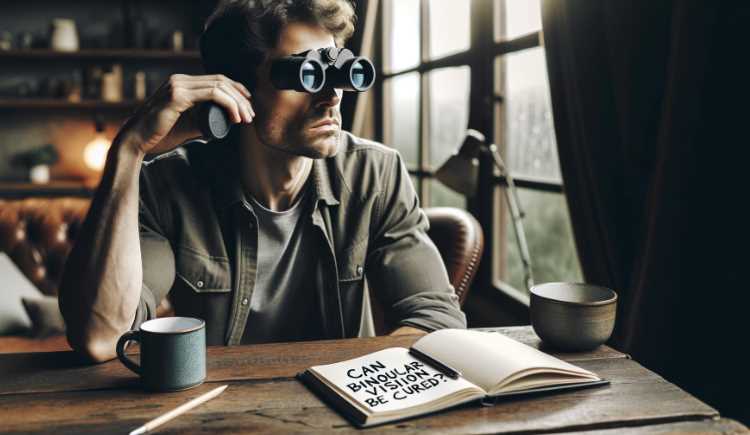
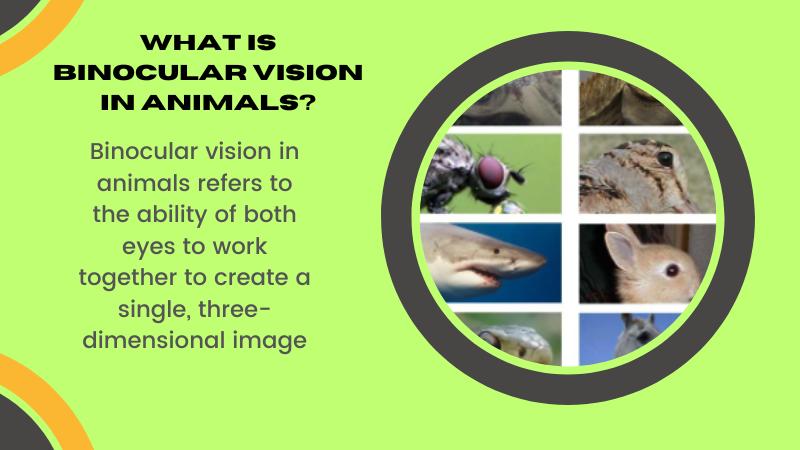
Pingback: How do you know if you have binocular vision dysfunction?